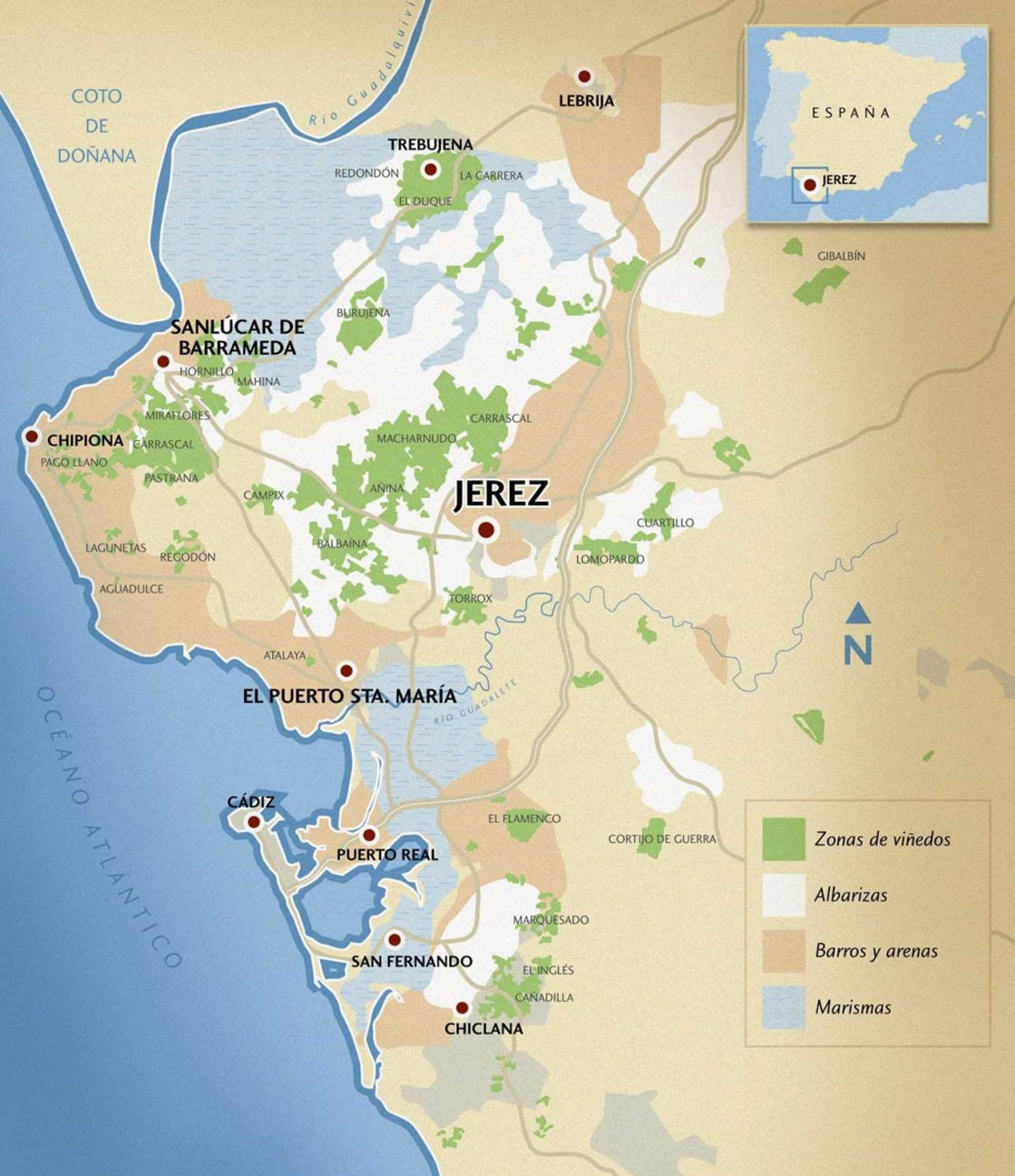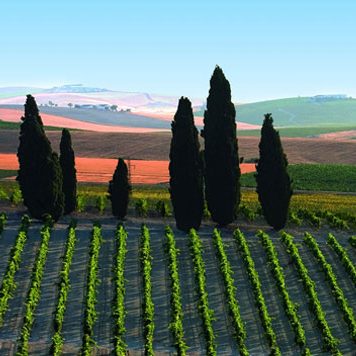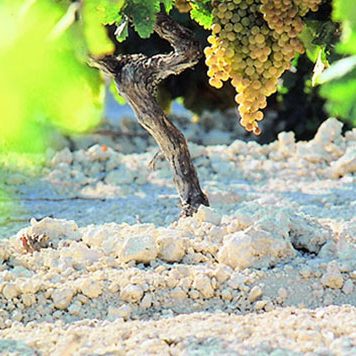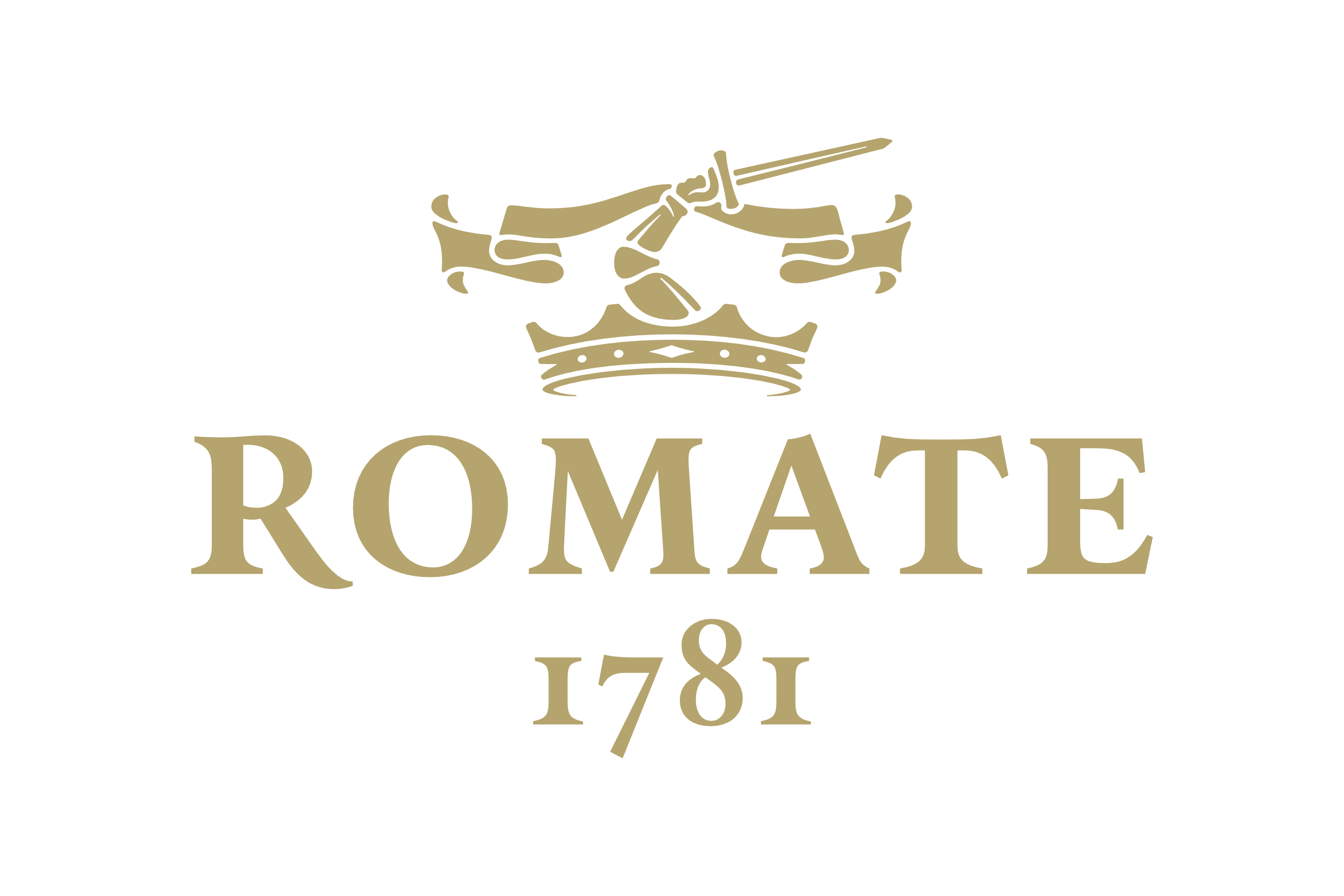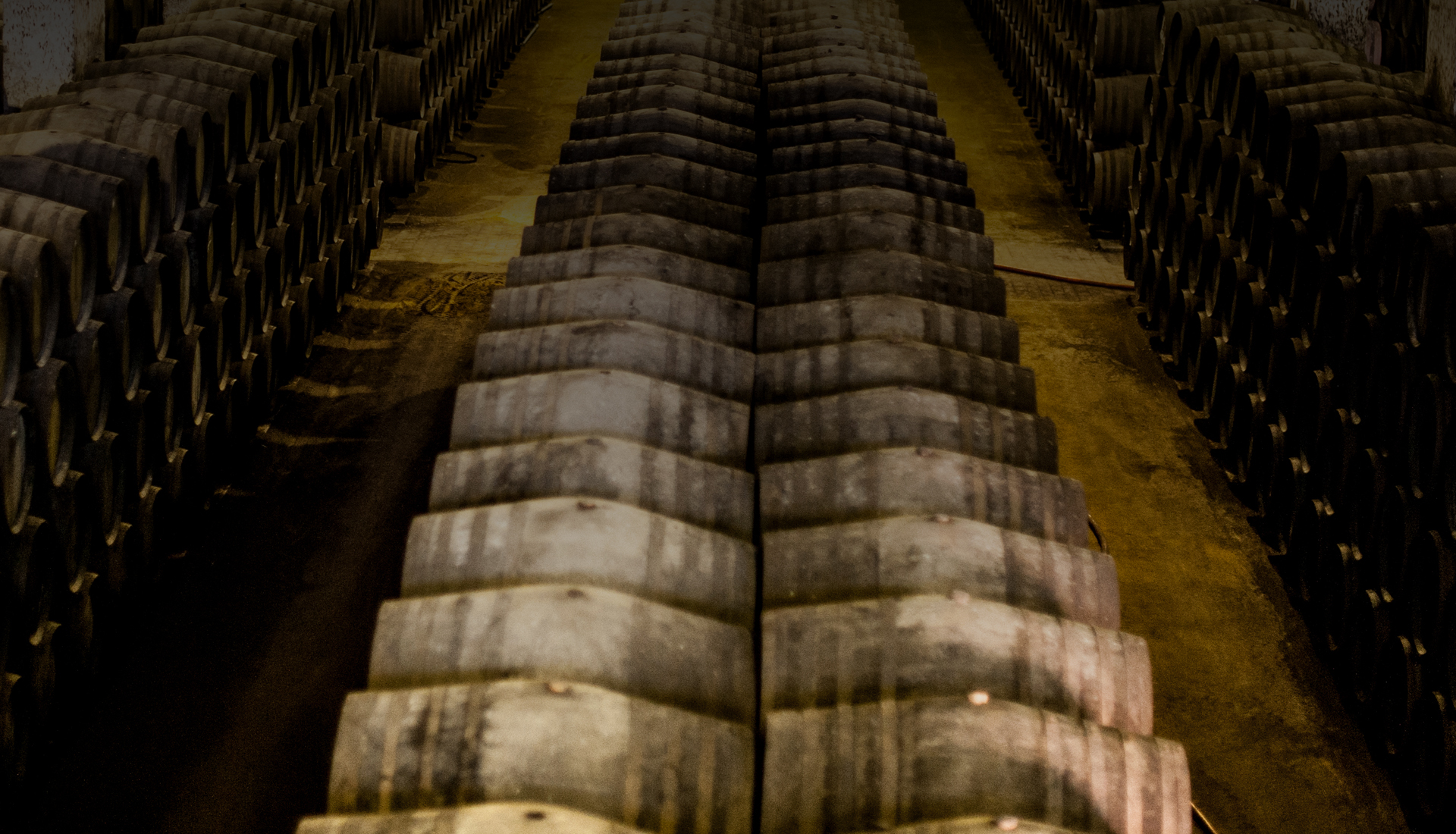STORYS
Late 18th century
The busy streets of Jerez de la Frontera was proof of the bustling activity in the city, which was thriving thanks to the exports of its renowned wines. The wine sector’s boom attracted merchants from near and afar.
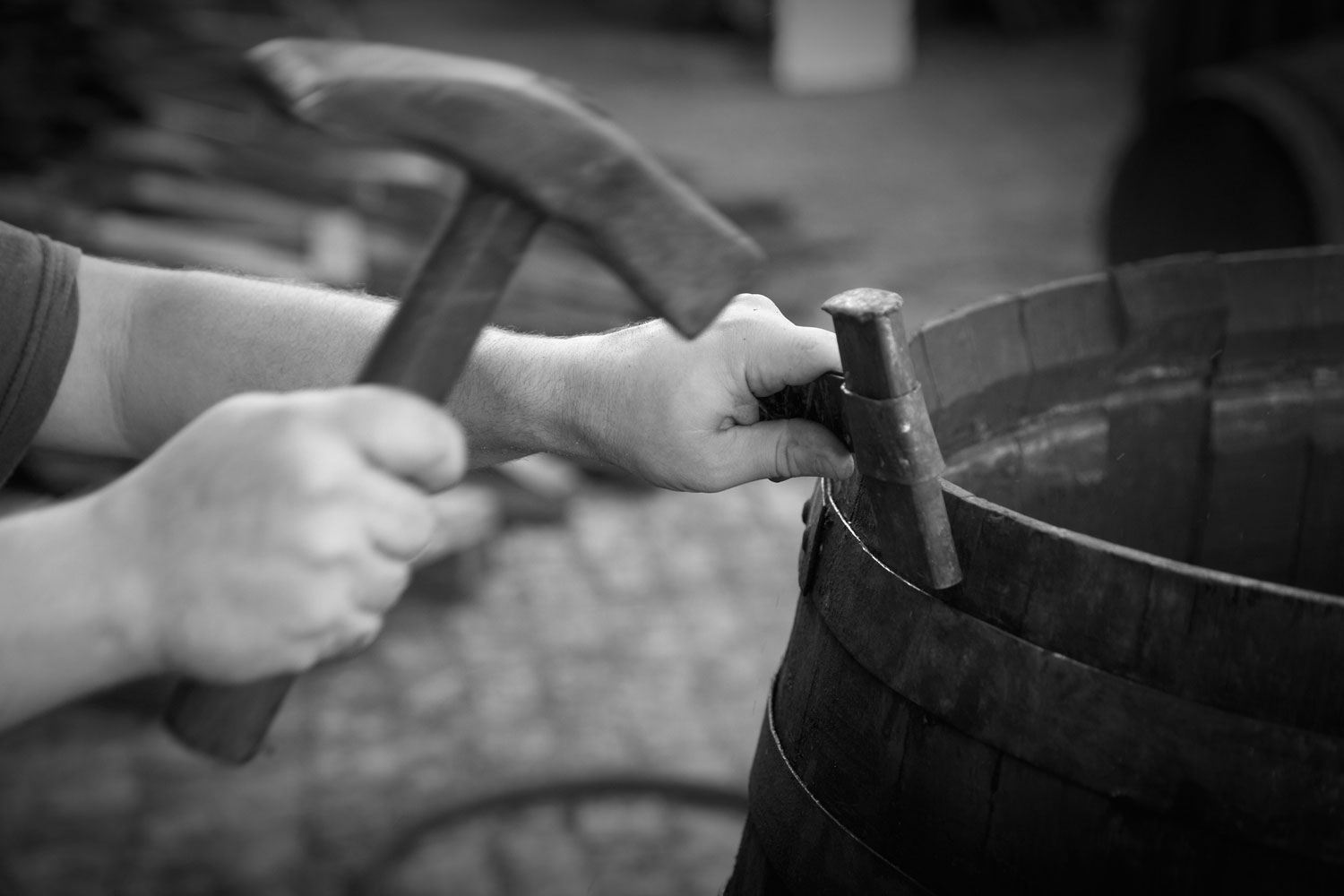
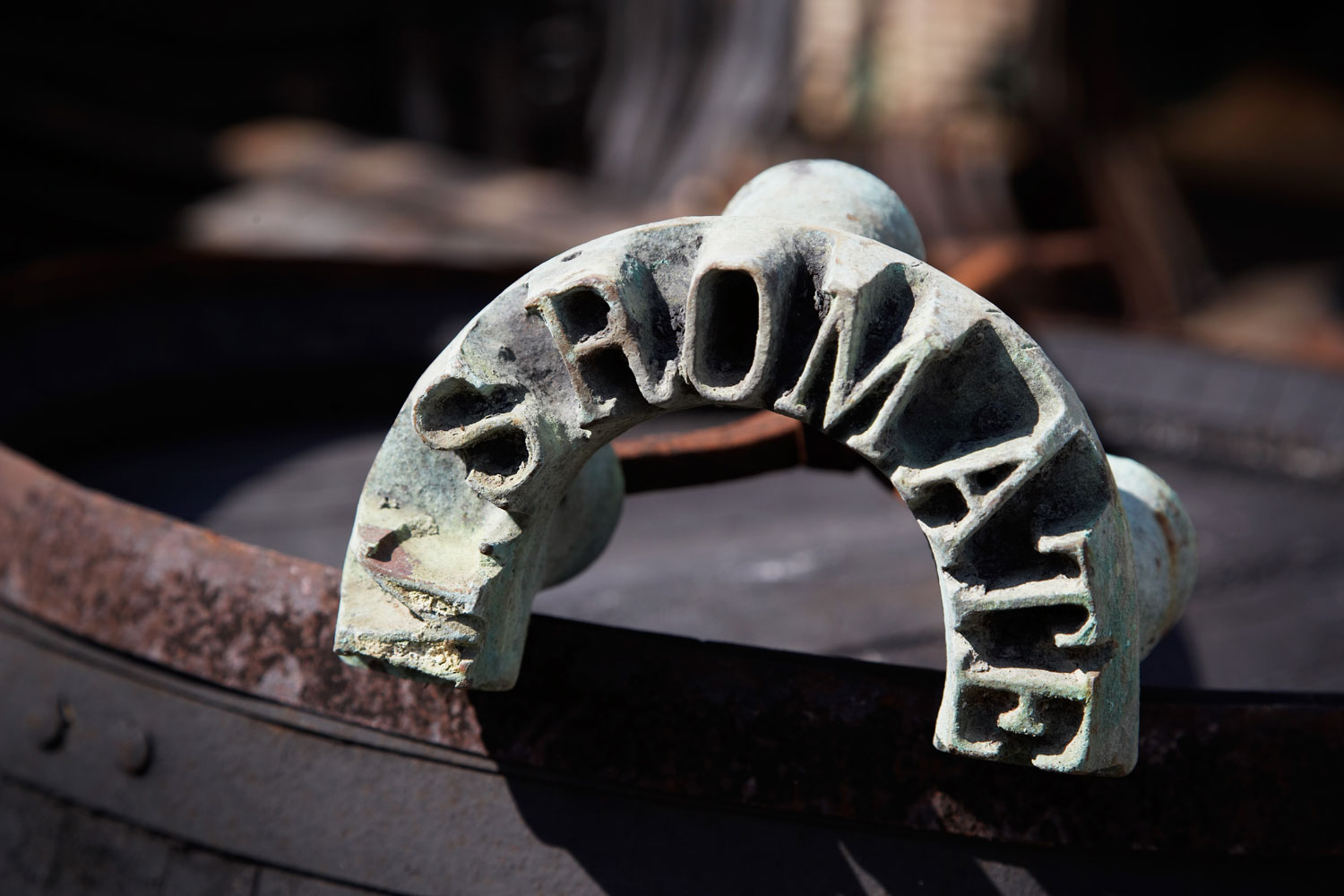
1781, Juan Sánchez de la Torre
It was a Spaniard, Juan Sánchez de la Torre, who established the foundations of the firm Sánchez Romate Hermanos, one of the few remaining wineries in the Jerez Designation of Origin which is still in the hands of local owners. In addition to achieving market recognition for the quality of his wines, Juan Sánchez de la Torre soon earned the appreciation of his fellow Jerez inhabitants: this wine-producer was restless, educated and a man of his time – the Age of Enlightenment – who lent firm support to progress in education and the arts in Jerez.
1887, fourth generation
Over time, the winery grew and adapted to the successive technical advances that were taking place while maintaining their respect for traditional methods. Over a century after its founding, the firm reached a milestone when in 1887 the fourth generation of the Sánchez Romate decided to create an exclusive brandy for the family and their closest circle of friends. This was the beginning of Cardenal Mendoza Solera Gran Reserva, the firm’s flagship brand.
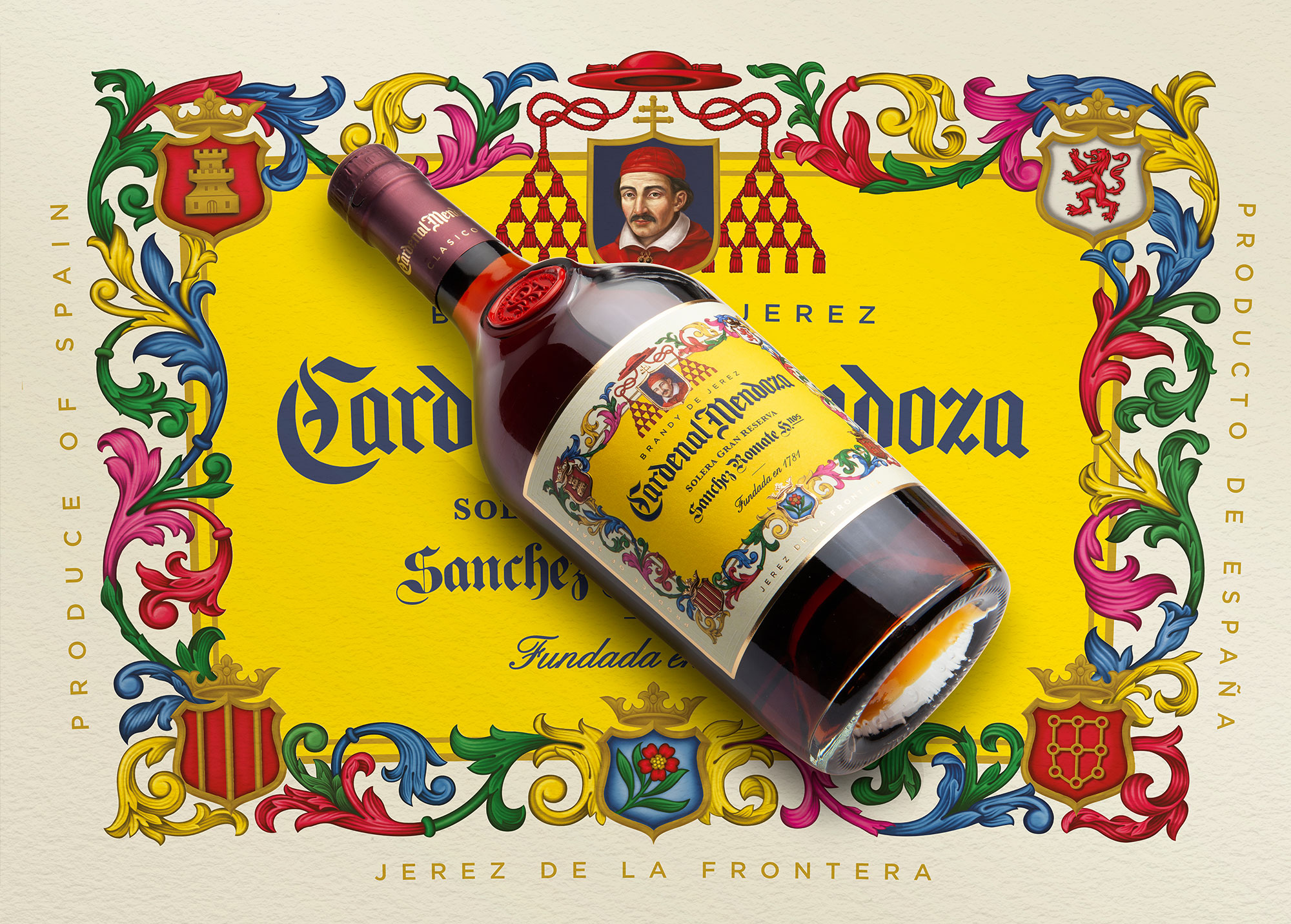

Milestones of the last
century
While maintaining their independence up to today, the winery has witnessed other important events in during its history. For example, in 1909 they were appointed as Official Purveyor to the House of Lords in the United Kingdom and shortly afterwards, in 1917, they were appointed as Official Purveyors to the Sacred Apostolic Palace of the Vatican. Today, the wines and brandies of Sánchez Romate maintain their international spirit, with a firm commitment to expansion across the rest of the world.
LA BODEGA
The Spirit of Romate
The Spirit of Romate
For over 240 years, this firm’s wines and brandies have maintained an open and proudly cosmopolitan spirit without losing sight of the traditional roots of their origins. Sánchez Romate employ painstaking wine-making techniques, which start with the white albariza soil, western Andalusia’s sunshine and air, the Palomino, Moscatel and Pedro Ximénez grape varieties and a unique microclimate. All stages of the production process respect the traditional methods: ageing in American oak casks, brandy distillation in copper stills and the characteristic Criaderas y Soleras system.
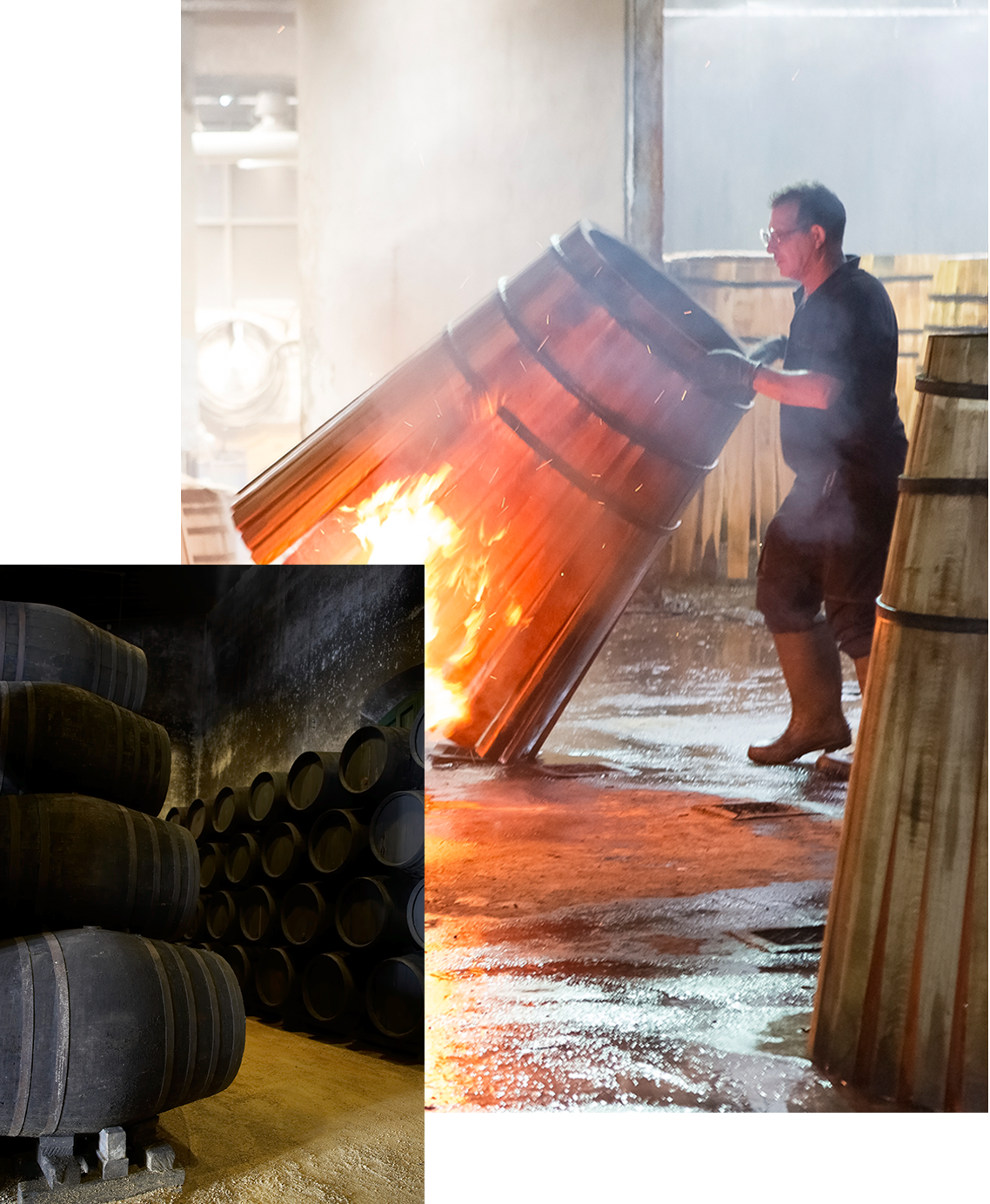

In the peaceful atmosphere of the wineries, the wine producers recall the ancient wisdom time and again. The unique production methods are combined with an ongoing modernisation process. Sánchez Romate’s installations and production processes have been gradually modernised with a fundamental objective in mind: to guarantee the quality of their wines and brandies.
Commitment to excellence
From the grapevine to the bottle, the firm is committed to the excellence of their products and service, guaranteeing highly appreciated organoleptic qualities, maintaining a close relationship with their clients and offering personalised attention. With these values and with a strong exportation impetus to share this quality with the rest of the world, Sánchez Romate has earned the favour and loyalty of several generations of consumers.
ENVIRONMENT
3.000 years ago...
How did this all begin? Over 3000 years ago, the Phoenicians who disembarked in the Bay of Cádiz brought the first vines with them. These vines adapted perfectly to the fertile limestone soil, which is as white as the sunshine which drenches the area. Later civilisations – Romans, Visigoths and Arabs – extended the vineyards under a dry, sunny climate that received the refreshing caress of the sea breeze. In Sherish – the ancient Muslim name for Jerez – they experimented with the first distillations to make perfumes. Later, these processes were consolidated in Christian Xerez in the 14th and 15th centuries. It was then that the wines of Jerez began to gain international acclaim, as they began to earn fame across Europe. Over time, merchants and wine producers who were attracted by Jerez’s potential flocked to the city from all over, founding wineries that are still trading today. Sánchez Romate is one of the most emblematic of them.
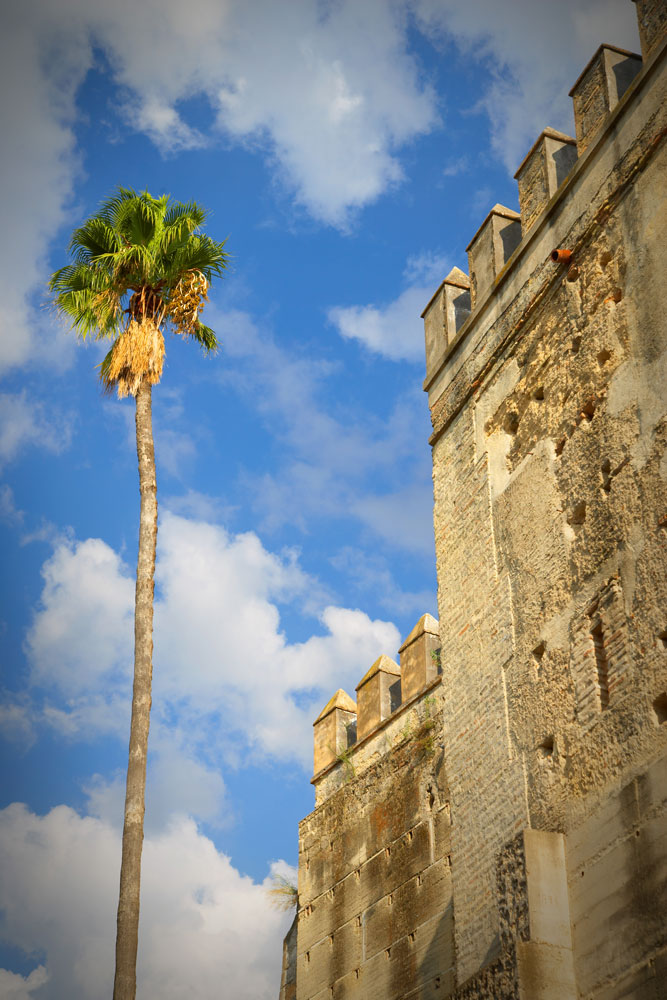
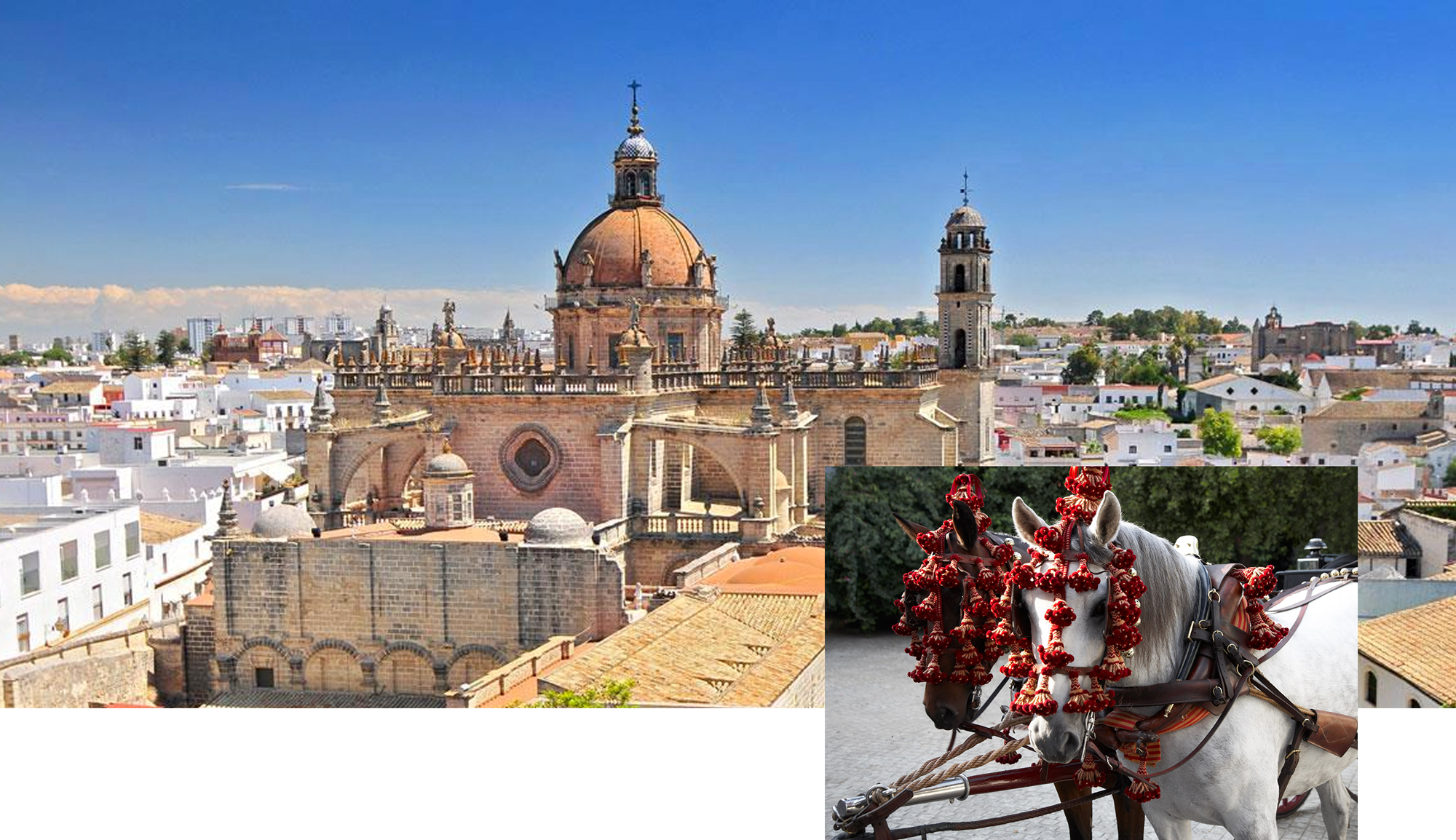
Aside from its renowned wines, Jerez is also the birthplace of flamenco and horse shows, late Gothic convents and churches as well as 18th and 19th century bourgeois architecture. A stroll through the city, along streets lined with lilac and orange trees, stimulates your senses and helps to understand the magic of its most universal gifts, the wines and brandies of Jerez.
Sherry Region
The Production Area of the wines protected by the Denominations of Origin `` Jerez Xérès Sherry '' and `` Manzanilla - Sanlúcar de Barrameda '' is located in the extreme south of the Iberian Peninsula. Only the vineyards in the municipalities of Jerez de la Frontera, El Puerto de Santa María, Sanlúcar de Barrameda, Trebujena, Chipiona, Rota, Puerto Real, Chiclana de la Frontera and Lebrija located on land that the Regulatory Council considers suitable can produce grapes. for the production of Sherry and Manzanilla wines. Currently the Production Zone occupies an area of about 7,000 hectares. Within the Production Zone the traditionally designated as ``Jerez Superior'' is distinguished, made up of the vineyards planted in albariza lands that due to their physical-chemical constitution, their situation and climatological characteristics are ideal for the production of superior quality wines. Another important geographical delimitation is the so-called `` Crianza Zone'', also known as the Jerez Triangle. Only in the cities of Jerez de la Frontera, El Puerto de Santa María and Sanlúcar de Barrameda can the aging process of the wines covered by the Designation of Origin ``Jerez-Xérès-Sherry'' be completed and therefore only in these cities there are the so-called Bodegas de Crianza.
